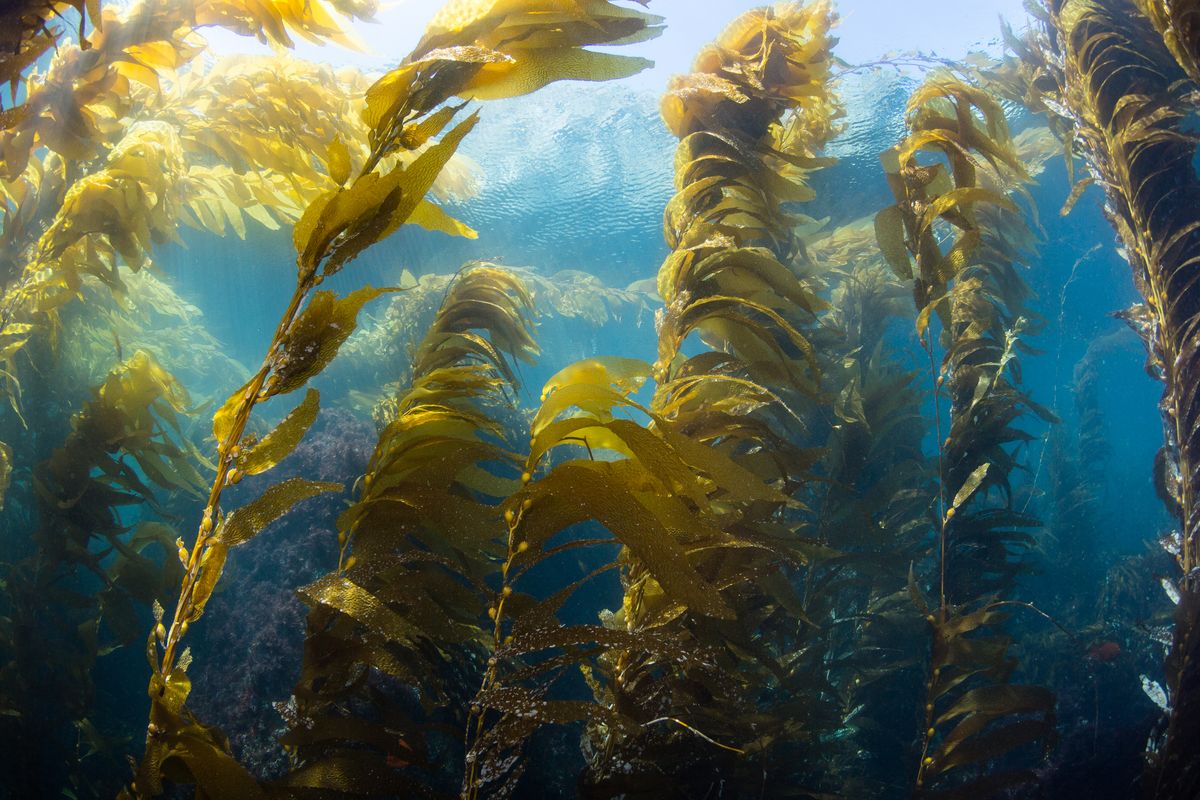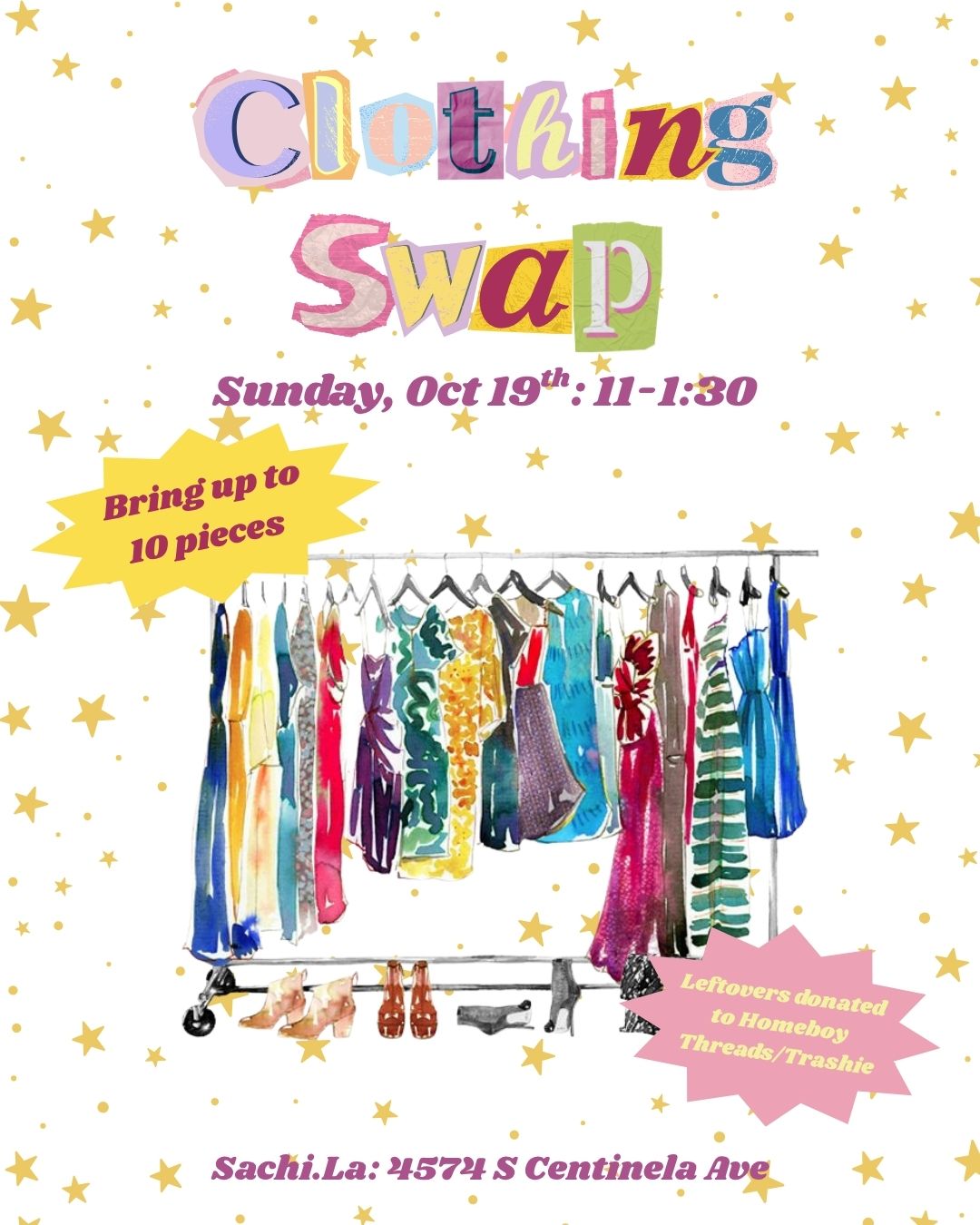Imagine a fabric that naturally absorbs carbon dioxide, is biodegradable, kind to your skin, and sourced from the ocean. No fairy tale, that’s seaweed-textile innovation for you. Let’s deep dive into this surprising contender in sustainable materials, what makes it compelling, where it’s already being used, and why it’s still a niche pursuit rather than mainstream staple.
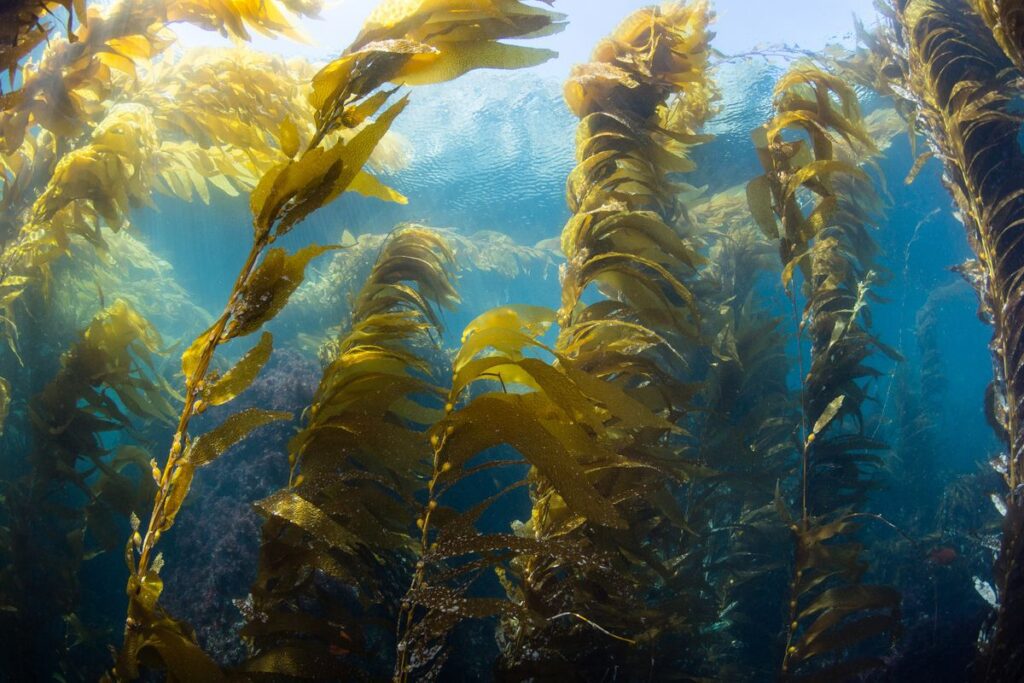
What Makes Seaweed Textiles So Promising?
Seaweed grows fast, needs no chemicals or freshwater, absorbs carbon, and can be spun into soft, breathable, biodegradable fabric.
Seaweed is basically the overachiever of the ocean. It grows like crazy, doesn’t need pesticides or fertilizers, and—bonus—it doesn’t waste precious freshwater. Instead, it feeds on sunlight and nutrients already swirling around in the sea. While it’s at it, seaweed acts like a giant carbon vacuum, sucking up CO₂ from the water and atmosphere and locking it away in its tissues. Some species can grow up to two feet a day, making it one of the fastest-growing plants on Earth. Translation: every harvest is like a little climate cleanse.
But here’s where it gets fun: seaweed doesn’t just help the planet, it can also be spun into fabrics. When mixed with other natural fibers, you get textiles that are soft, breathable, and shockingly kind to your skin.
Take SeaCell™, for example. SeaCell™ is a patented textile from German company Smartfiber AG that blends sustainably harvested Icelandic seaweed with natural cellulose. The result? A silky, lightweight fabric that even retains trace vitamins and antioxidants—basically the smoothie bowl of textiles. You’ll already find SeaCell in things like activewear, lingerie, and loungewear—anywhere comfort is key.
And big brands are catching on. H&M, long criticized as one of the biggest fashion polluters, has been under pressure to clean up its act. Now, the fast-fashion giant is teaming up with Keel Labs, a U.S. biomaterials startup, to create Kelsun, another seaweed-derived fiber. Unlike polyester (fashion’s problematic fave), Kelsun is biodegradable, non-toxic, and microplastic-free.
It even got the high-fashion stamp of approval when Stella McCartney helped debut it on the runway. Proof that seaweed isn’t just lab talk—it’s catwalk ready, and maybe even a step toward showing how legacy polluters can shift gears toward sustainability.
How Is Seaweed Being Used Beyond Fashion?
Long story short: scientists are testing seaweed for fibers and dyes, while artists are creating fully biodegradable couture.
Fashion might be the splashiest player right now, but seaweed’s career is not limited to clothes.
Take the SeaWeave Project, a European research team figuring out if seaweed from the Atlantic and Mediterranean can be used for both fibers and natural dyes. Their mission is big-picture: can seaweed scale up responsibly, from farming to production, without losing its eco halo? Because making one stunning prototype dress is easy—building a sustainable global supply chain is where it gets tricky.
On the creative side, designer Caroline Zimbalist has been making fully biodegradable garments out of seaweed-based biomaterials. They’re less “everyday basics” and more “wearable art.” Singer Chappell Roan even rocked one, proving seaweed couture can wow an audience and break down harmlessly when its time is up.
Here’s the catch: while projects like these prove what’s possible, turning ocean-grown materials into affordable T-shirts and jeans is another story. And that’s where fashion hits the brakes.
Why Hasn’t Seaweed Fashion Gone Mainstream Yet?
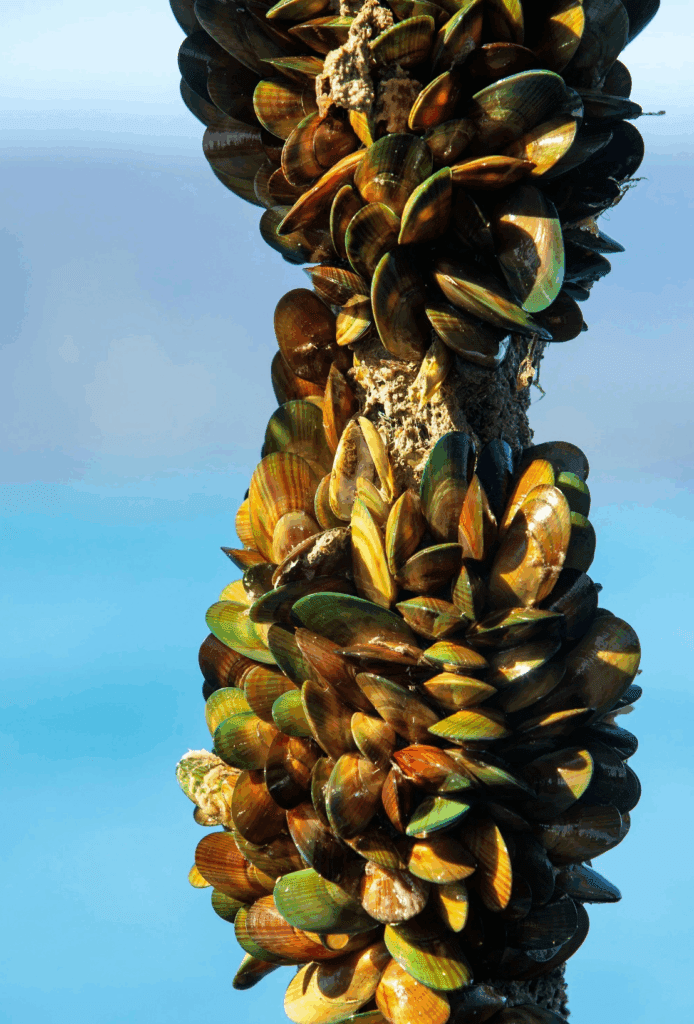
Bottom line: it’s still expensive to produce, and polyester dominates the fashion supply chain. As dreamy as it sounds, seaweed fabric still faces some pretty un-glam hurdles.
- The price tag. Right now, producing seaweed textiles is expensive compared to good old cotton or polyester. That’s why most designers use it in small touches—buttons, trims, or limited-edition capsule pieces—rather than going all in.
- Polyester’s chokehold. Over 60% of global clothing is polyester, and it’s not just because the industry loves plastic. Polyester is cheap, durable, stretchy, and the fashion machine is already built around it. It’s also responsible for an estimated 500,000 tons of microplastic pollution each year. Entire supply chains—from factory equipment to distribution systems—are designed for polyester. Asking the industry to swap it for seaweed is like asking Netflix to suddenly start mailing DVDs again. Not impossible, but… yikes.
So, what would it take? Scale, investment, and demand. If more of us ask for regenerative fabrics and if brands actually invest in making them affordable, the shift could happen. Remember when organic cotton felt fancy or recycled polyester was rare? Now they’re everywhere. Seaweed could follow the same path—if fashion decides it’s more than a gimmick.
Which Designers Are Leading the Seaweed Movement?
The short version: labels like Botter and Solitude Studios are already experimenting with seaweed-based designs.
- Botter: The Caribbean-inspired couture label wove algae fibers and ocean plastics into its Spring/Summer 2023 collection, mixing slow fashion with a love letter to the sea.
- Solitude Studios (Copenhagen): Known for their seaweed-textured bags. They’re small-batch, not mass-market, but they prove seaweed can be chic and functional at the same time.
How Can You Add Seaweed to Your Wardrobe?
Here’s the good news: you don’t need to live in a seaweed jumpsuit to make a difference. These fabrics are “low volume, high impact”. Meaning just mix in small pieces with thrifted staples to be more sustainable.
Pair a seaweed-based piece with thrifted staples (hello, vintage Levi’s) and suddenly you’ve got a look that’s both sustainable and stylish. I’ve written about this in What to Wear (and What to Skip) If You’re Anti-Fast Fashion in 2025 and Thrift LA: Your Guide to Second-hand & Vintage Stores because real change isn’t about perfection. It’s about layering little choices that add up.
What This Means for Everyday Shoppers
Straight up: your choices send signals—buying seaweed fabrics (or even asking about them) tells brands we care about sustainable options.
Okay, so you’re not a textile engineer or planning to start kelp farming on weekends. Why should you care? Because your choices still matter.
- Shop with curiosity. If you spot seaweed on a label, check it out. Is it the real deal like SeaCell or Kelsun, or just a marketing buzzword?
- Support the pioneers. Whether it’s just an indie accessory from Solitude Studios, small purchases keep innovation moving.
- Mix and match. If seaweed isn’t in budget, balance it out with thrifting and secondhand finds—it’s all part of the same mission.
- Stay vocal. Brands listen when consumers speak up. The more noise we make about wanting regenerative fabrics, the harder they are to ignore.
Will Seaweed Fabrics Ever Go Mainstream?
Short answer: not yet—but lower costs, bigger scale, and consumer demand could push it there in the next decade.
Seaweed textiles check all the boxes: biodegradable, ocean-friendly, skin-safe, and carbon-absorbing. Big brands are testing the waters, indie designers are pushing the limits, and research projects are hustling to scale.
But let’s be real: the industry isn’t going to swap polyester for kelp overnight. Cost, infrastructure, and inertia are still in the way.
Still, ripples matter. From seaweed buttons to Kelsun tees, these small steps create momentum. You might not seaweed-ify your whole closet tomorrow, but picking up even one algae-based piece—or pairing it with thrifted treasures—is a powerful vote for a healthier fashion future.
Because sometimes the world doesn’t get saved by capes. Sometimes, it’s kelp.
Quick Glossary
- SeaCell™ → A textile by Smartfiber AG that blends Icelandic seaweed with cellulose. Soft, breathable, and packed with trace nutrients.
- Kelsun → A kelp-based fiber created by Keel Labs, biodegradable and microplastic-free.
- SeaWeave Project → A European research initiative studying seaweed fibers and dyes at scale.
FAQs About Seaweed Fashion
Q: Is seaweed fabric durable?
A: Yes—when blended with cellulose or cotton, seaweed fabrics are strong, breathable, and long-lasting, similar to other natural fibers.
Q: Who makes SeaCell fabric?
A: SeaCell™ is produced by Smartfiber AG in Germany using sustainably harvested Icelandic seaweed.
Q: Is seaweed clothing actually sustainable?
A: Very. Seaweed requires no fresh water, fertilizers, or pesticides, grows incredibly fast, and absorbs carbon while it grows.
Q: Can I buy seaweed clothing now?
A: Yes, though it’s niche. Look for H&M’s Conscious collection, Stella McCartney collaborations, or indie labels like Solitude Studios.
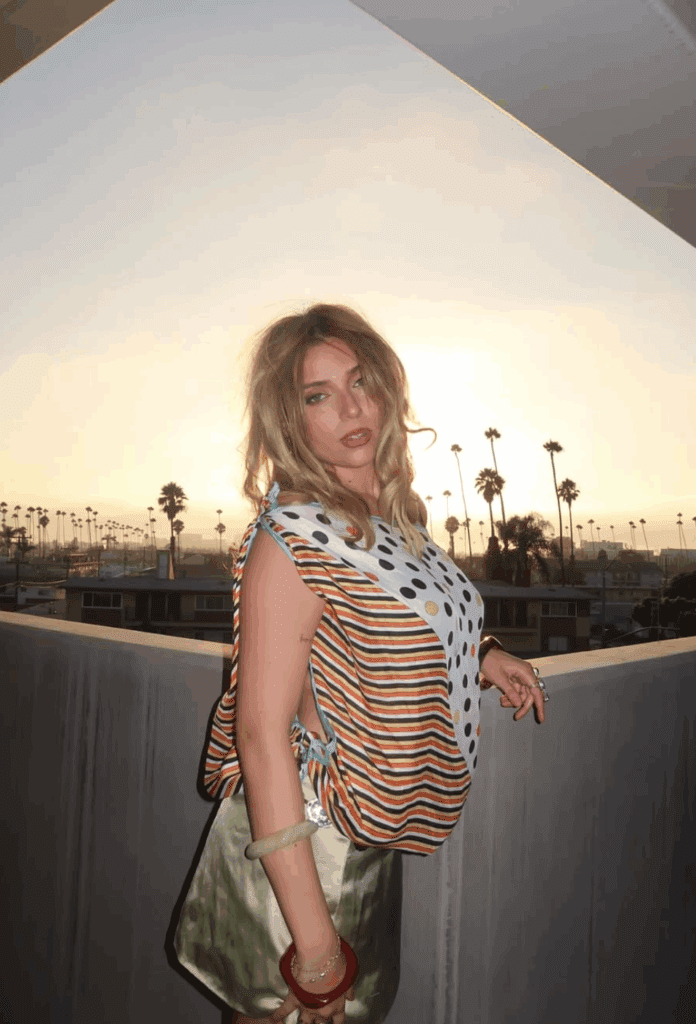
Follow me on my socials:
- Instagram: @lexysilverstein
- Youtube: Lexy Silverstein
- Twitter: @eLEXYfy
- TikTok: @lexysilverstein
- Facebook: Lexy Silverstein
- Liketoknow.it/lexysilverstein


